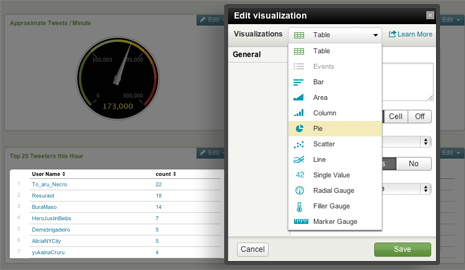Over the last 3 years, I've worked with nearly 100 clients as a Splunk Professional Services Consultant across all sectors of business and have seen Splunk grow first-hand from the back office system admin's life saver, to the Enterprise Big Data Engine that it is today. Splunk's latest 5.0.1 release is nothing short of amazing. They've done the impossible, again - and they did it with their renowned Splunk personality. It broadens the meaning...
Splunk 5.0's Report Accelerator, better than Summary Indexing?










